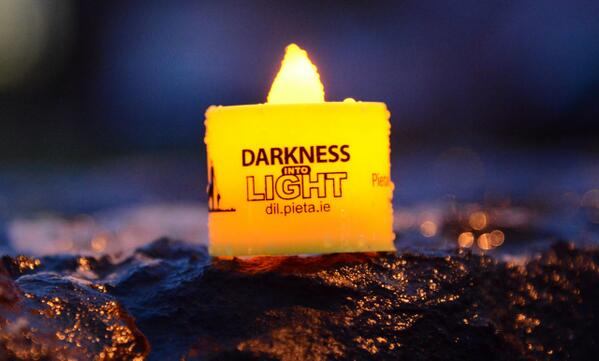
“The light shines in the darkness, and the darkness has not overcome it.” – John 1:5, NIV What Does the ‘Light in the Darkness’ in John 1:5 Mean? 1988 Mar 86(3):688–692.“And the light shineth in darkness and the darkness comprehendeth it not.” – John 1:5, KJV Ammonium Assimilation Requires Mitochondrial Respiration in the Light : A Study with the Green Alga Selenastrum minutum. Weger HG, Birch DG, Elrifi IR, Turpin DH.

Comparison of Methods to Estimate Dark Respiration in the Light in Leaves of Two Woody Species. Direct and Indirect Effects of Atmospheric Carbon Dioxide Enrichment on Leaf Respiration of Glycine max (L.) Merr. Kok effect and the quantum yield of photosynthesis : light partially inhibits dark respiration.

On the Role of Mitochondrial Oxidative Phosphorylation in Photosynthesis Metabolism as Studied by the Effect of Oligomycin on Photosynthesis in Protoplasts and Leaves of Barley (Hordeum vulgare). Effects of CO(2) Enrichment and Carbohydrate Content on the Dark Respiration of Soybeans. On the Function of Mitochondrial Metabolism during Photosynthesis in Spinach (Spinacia oleracea L.) Leaves (Partitioning between Respiration and Export of Redox Equivalents and Precursors for Nitrate Assimilation Products). Light regulation of leaf mitochondrial pyruvate dehydrogenase complex : role of photorespiratory carbon metabolism. A Comparison of Dark Respiration between C(3) and C(4) Plants. CO(2) Inhibits Respiration in Leaves of Rumex crispus L. This may not be the complete list of references from this article.
THE LIGHT OF THE DARKNESS PDF
The Full Text of this article is available as a PDF (676K). Care must be taken when the relation between respiration in light and respiration in darkness is studied, because the relation varies with species, leaf age, and light intensity. We concluded that respiration in light and respiration in darkness are tightly coupled, with variation in respiration in darkness accounting for more than 60% of the variation in respiration in light. Respiration both in the light and in the dark was dependent on leaf temperature. Dark respiration in the light decreased with increasing light intensity. This suggests that the rate of dark respiration in the light is related to the rate of biosynthetic processes. However, because respiration in the light decreased faster with leaf age than respiration in darkness, the degree of inhibition of respiration by light increased with leaf age (from 36% in the youngest leaves to 81% in the mature leaves). Respiration in both the light and darkness decreased with increasing leaf age. Thus, the degree of inhibition of respiration by light was greater in the deciduous species (62%) than in the evergreen species (51%). However, there were no significant differences in respiration rates in light between the species. The rates of respiration in the dark were higher in the leaves of the deciduous species than in the evergreen species. Respiration rates in the dark were always higher than in the light, indicating that light inhibited respiration in both species. Dark respiration in light was estimated by the Laisk method. Dark respiration in light as well as in dark was estimated for attached leaves of an evergreen (Heteromeles arbutifolia Ait.) and a deciduous (Lepechinia fragans Greene) shrub species using an open gas-exchange system.


 0 kommentar(er)
0 kommentar(er)
